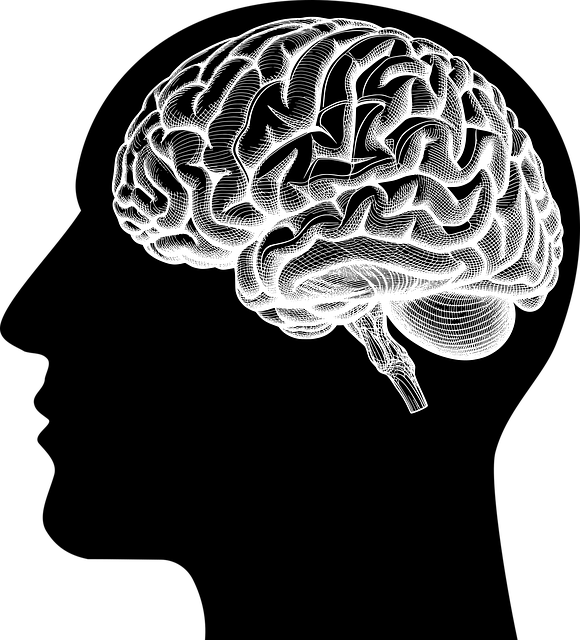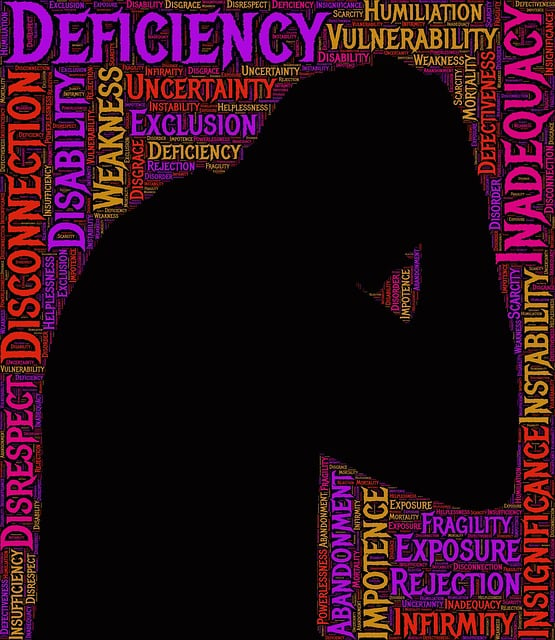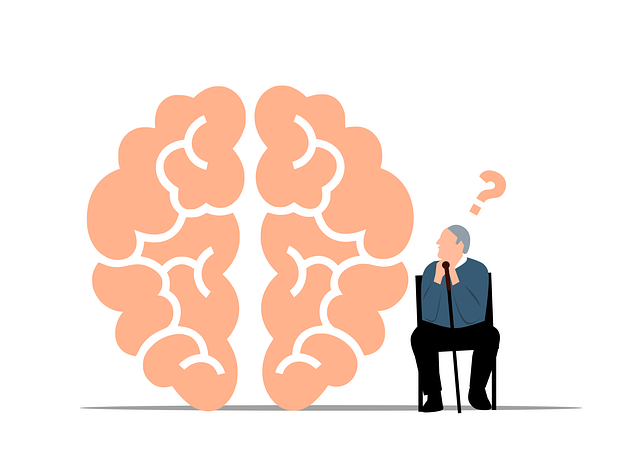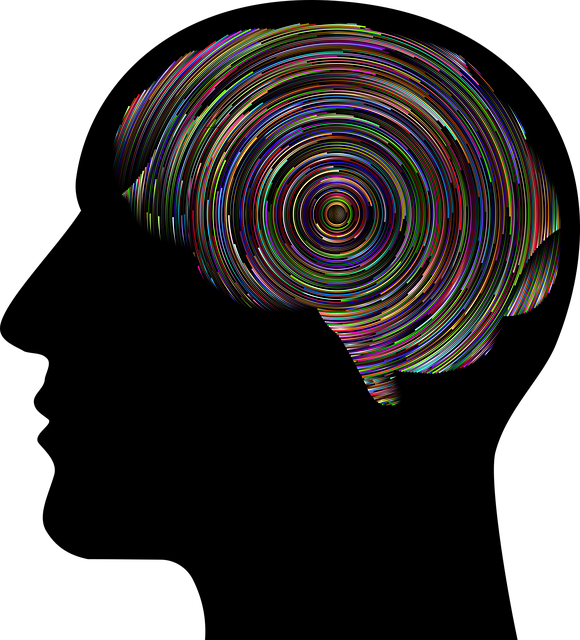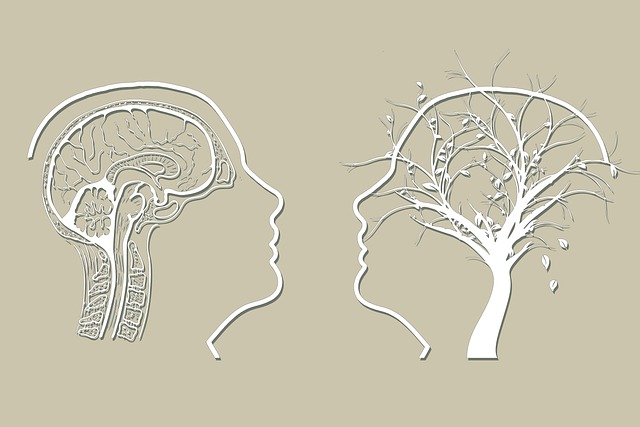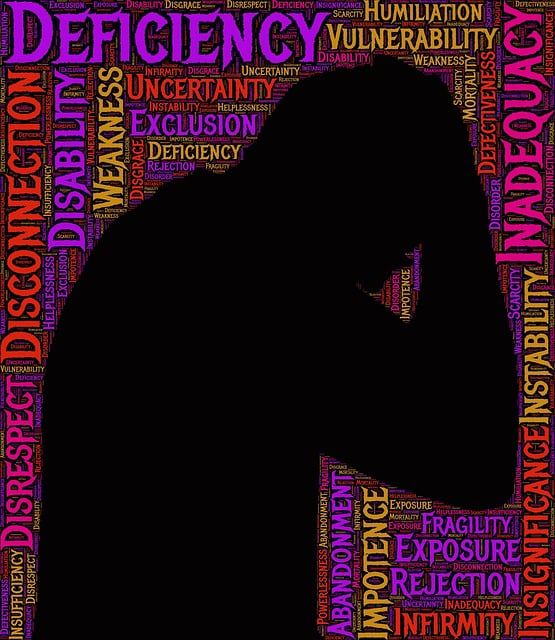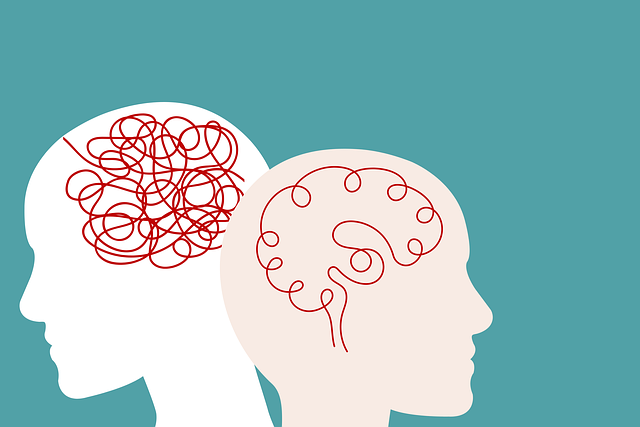Evaluating mental wellness programs for adolescents with conduct disorder requires a multi-faceted approach combining quantitative and qualitative methods. Self-reported surveys, observer ratings, and standardized questionnaires measure changes in mood, behavior, and academic performance. Qualitative techniques like interviews and focus groups delve into participants' perspectives on therapy's impact, revealing what works and areas for improvement. Quantitative analysis provides measurable outcomes, enabling tailored interventions such as CBT, mindfulness, and social skills training. This mixed methods approach offers a holistic understanding of program effectiveness, contributing to policy advocacy and continuous improvement in therapy for adolescent teens with conduct disorder.
Mental wellness program evaluations are crucial in assessing the efficacy of interventions like therapy for adolescent teens with conduct disorder. This article explores diverse evaluation methods, from qualitative techniques that uncover participant perspectives to quantitative analyses tracking progress. We delve into the power of mixed methods approaches, combining both qualitative and quantitative insights for a comprehensive understanding. By examining these strategies, we gain valuable knowledge on improving mental wellness services tailored to this vulnerable population.
- Assessing the Efficacy of Mental Wellness Programs for Adolescent Teens with Conduct Disorder
- Qualitative Evaluation Techniques: Uncovering Insights from Participants' Perspectives
- Quantitative Analysis: Measuring Outcomes and Tracking Progress
- Mixed Methods Approach: Combining Qualitative and Quantitative Evaluations for Comprehensive Understanding
Assessing the Efficacy of Mental Wellness Programs for Adolescent Teens with Conduct Disorder

Evaluating the efficacy of mental wellness programs designed for adolescent teens with conduct disorder (CD) is a multifaceted process. These programs often blend therapeutic interventions such as cognitive-behavioral therapy (CBT), mindfulness practices, and social skills training to address the complex interplay of psychological, social, and behavioral factors associated with CD. The primary goal is not only to alleviate symptoms of depression prevention but also to foster positive thinking and coping mechanisms that can enhance overall mental wellness.
To ascertain the success of these interventions, researchers employ a range of assessment methods. These include self-reported surveys gauging changes in mood, attitude, and behavior, as well as observer ratings focusing on social interactions and emotional regulation. Additionally, standardized questionnaires measure specific aspects such as aggression levels, impulsivity, and academic performance to provide a comprehensive picture of the program’s impact. By integrating these diverse evaluation techniques, mental health professionals can tailor interventions to better serve the unique needs of adolescent teens with conduct disorder, ultimately cultivating more effective therapy for adolescent teens conduct disorder and promoting lasting positive changes in their lives.
Qualitative Evaluation Techniques: Uncovering Insights from Participants' Perspectives

Qualitative Evaluation Techniques offer a powerful tool for understanding the impact of mental wellness programs, particularly when tailored to adolescents with conduct disorders. By gathering insights from participants’ perspectives, researchers and therapists can gain valuable knowledge about what works and what needs improvement in therapy sessions for teen conduct disorder (TCD). Methods such as semi-structured interviews, focus groups, and surveys allow individuals to express their experiences, emotions, and perceptions freely. This qualitative data provides a nuanced view of the therapeutic process, revealing how adolescents perceive their progress, the effectiveness of specific interventions, and the development of essential skills like confidence boosting and resilience building.
Through these techniques, participants can share stories about self-care practices they’ve adopted, challenges faced, and strategies that helped them manage conduct disorder symptoms. This rich information is instrumental in customizing treatment plans to meet individual needs. By listening to their voices, therapists can ensure programs are inclusive, engaging, and ultimately more successful in fostering positive mental wellness outcomes, including enhanced self-esteem and improved coping mechanisms.
Quantitative Analysis: Measuring Outcomes and Tracking Progress

Quantitative analysis plays a pivotal role in evaluating mental wellness programs, offering a structured approach to measuring outcomes and tracking progress. This method involves collecting and analyzing numerical data related to participants’ mental health status before, during, and after the program. For instance, assessment tools like standardized questionnaires and scales can gauge improvements in symptoms associated with conditions such as conduct disorder in adolescent teens. By comparing pre- and post-program scores, researchers and therapists gain valuable insights into the effectiveness of interventions.
In the context of therapy for adolescent teens with conduct disorders, quantitative analysis enables professionals to identify successful strategies and tailor risk management planning for mental health professionals. This data-driven approach fosters positive thinking by demonstrating tangible progress, which can be instrumental in motivating both clients and practitioners. Moreover, it facilitates continuous improvement by highlighting areas that require refinement, ultimately enhancing the overall quality of mental wellness programs.
Mixed Methods Approach: Combining Qualitative and Quantitative Evaluations for Comprehensive Understanding

A comprehensive evaluation of mental wellness programs requires a multifaceted approach, and one such powerful strategy is the Mixed Methods Approach. This method involves seamlessly integrating qualitative and quantitative techniques to gain a holistic understanding of program effectiveness. By combining the depth of qualitative insights with the precision of quantitative data, researchers can uncover nuanced aspects of mental health interventions, especially when focusing on at-risk populations like adolescent teens with conduct disorders.
Qualitative evaluations, such as interviews and focus groups, offer valuable insights into participants’ experiences, perceptions, and emotional journeys during therapy. This qualitative lens helps identify individual barriers, facilitators, and unique responses to treatment. On the other hand, quantitative methods, including surveys and statistical analysis, provide measurable outcomes and trends, allowing for a broader understanding of program success rates and impact on various mental health indicators. For instance, evaluating therapy programs for adolescent teens with conduct disorders through this mixed methods lens could reveal improvements in aggression levels (quantitative) while also showcasing the development of empathy-building strategies (qualitative), contributing to a more comprehensive Mental Health Policy Analysis and Advocacy.
Evaluating mental wellness programs, particularly those aimed at adolescent teens with conduct disorder, is multifaceted. By employing a mixed methods approach that combines qualitative and quantitative evaluations, we gain comprehensive insights into the efficacy of such therapy. Qualitative techniques provide participant perspectives, while quantitative analysis measures tangible outcomes and progress. This dual strategy ensures a holistic understanding of program success, guiding future improvements in treating conduct disorders among young people. Such an integrated evaluation is crucial for optimizing mental wellness interventions tailored to this demographic.
